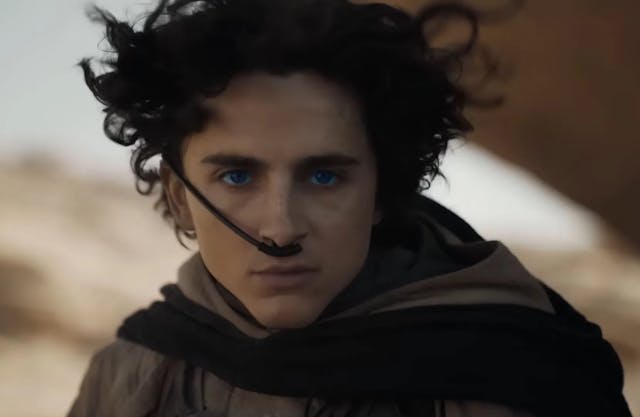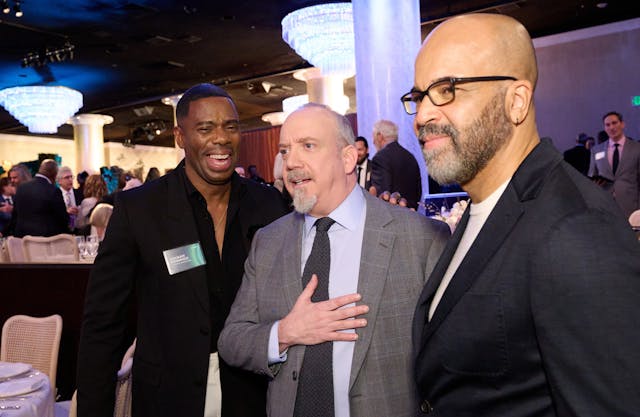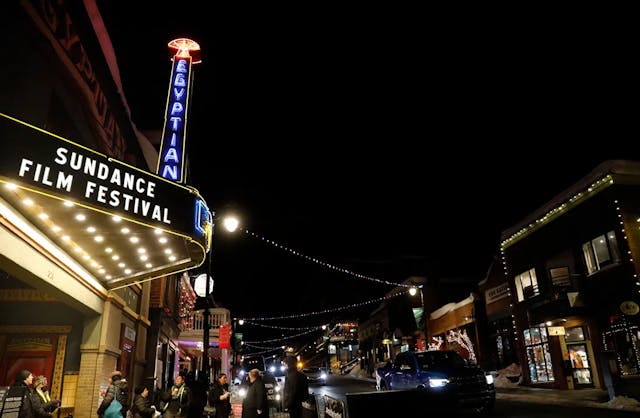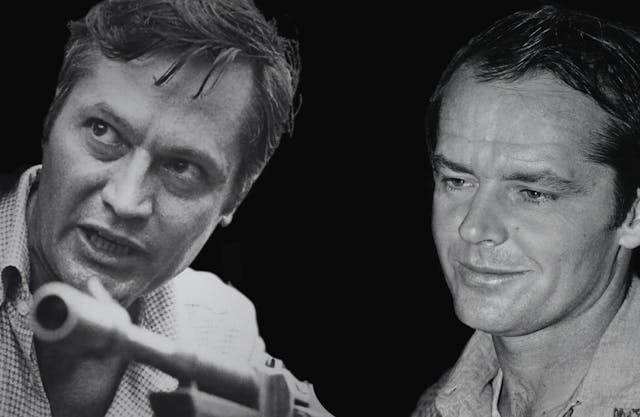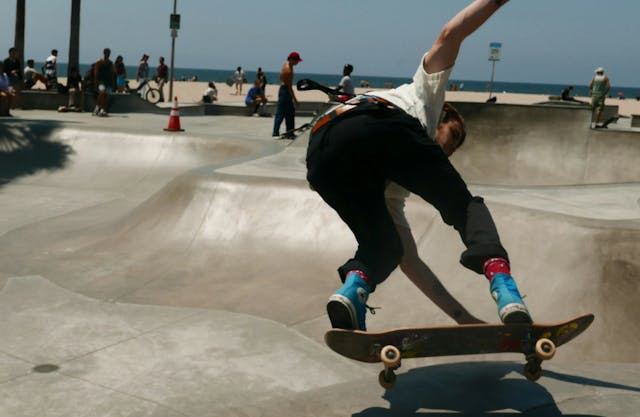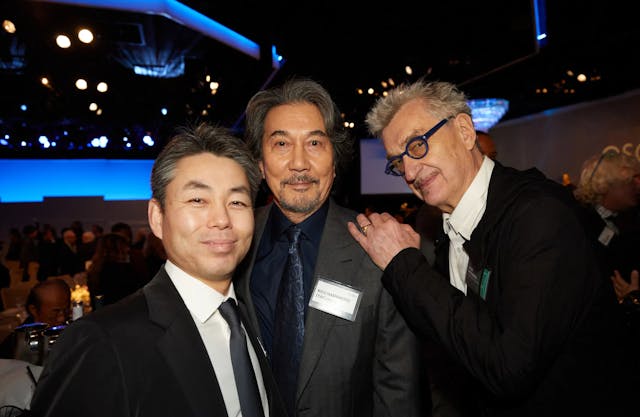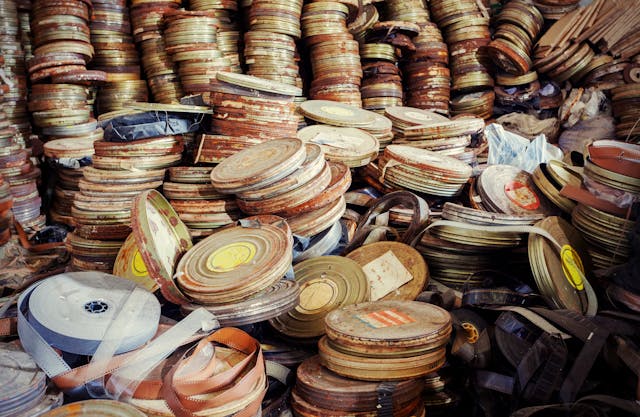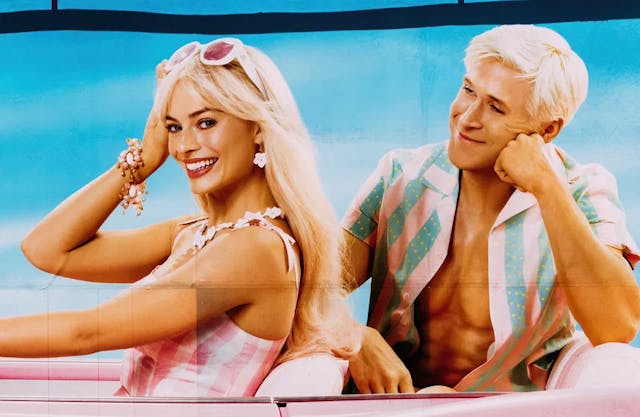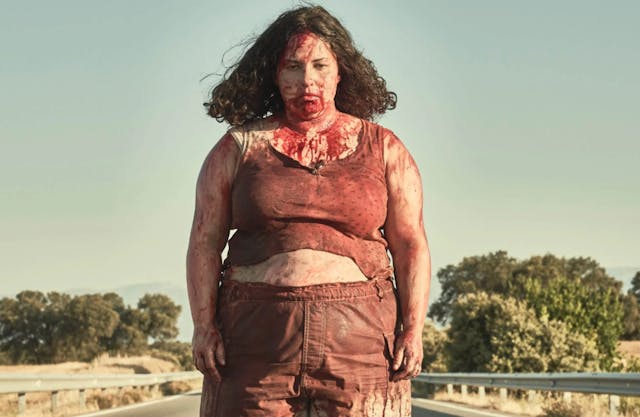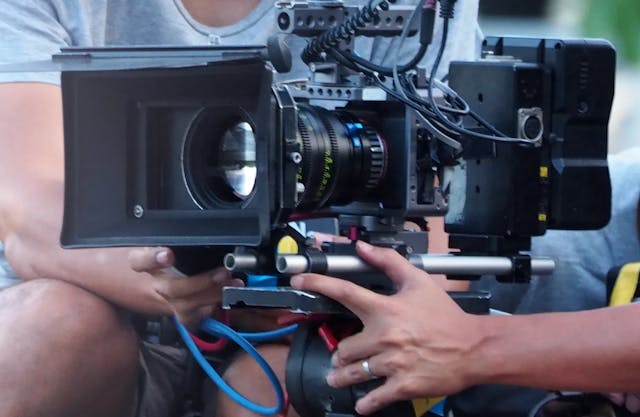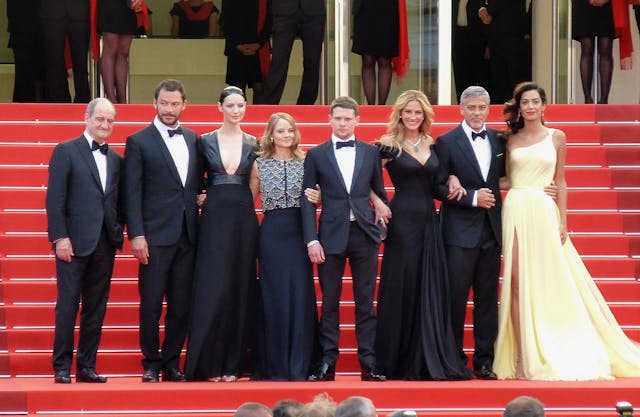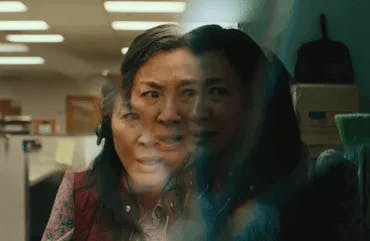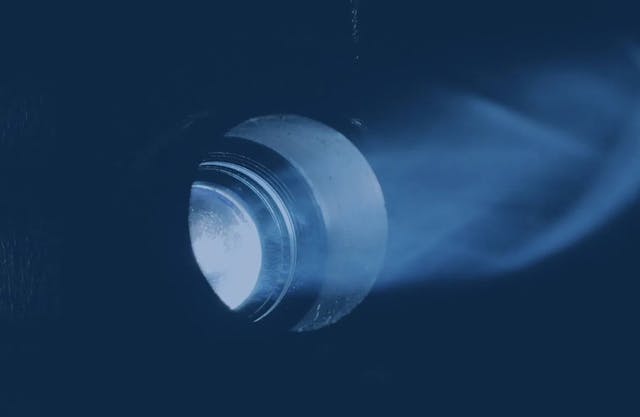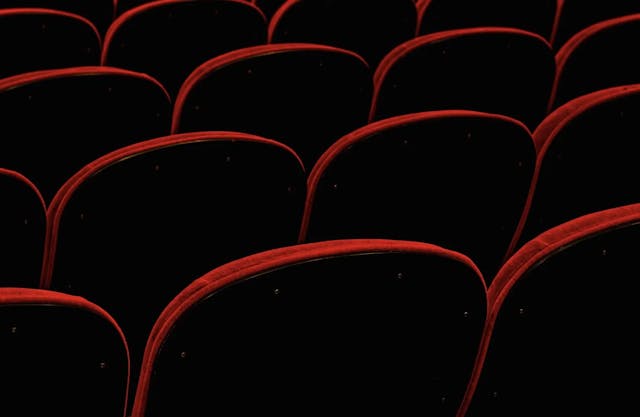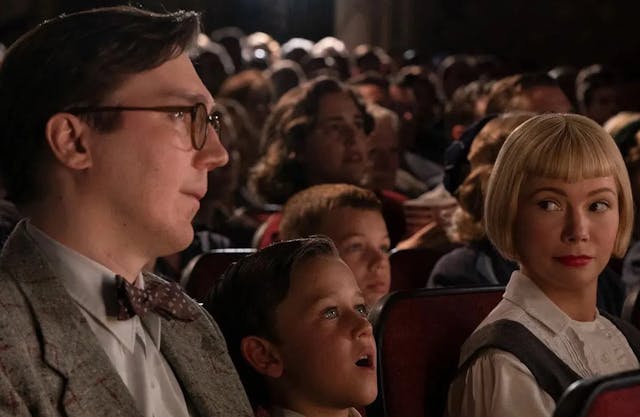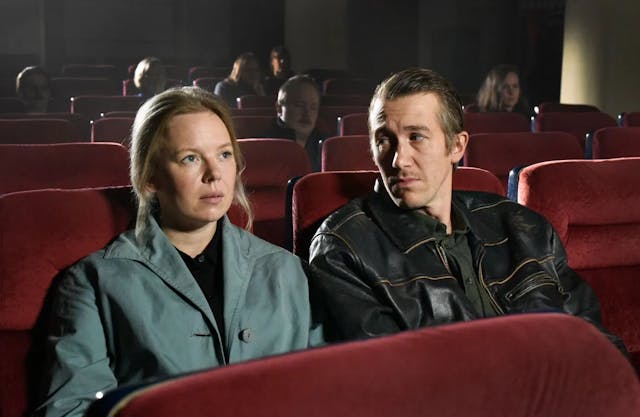10 Modern Black And White Movies That You Should Watch Immediately
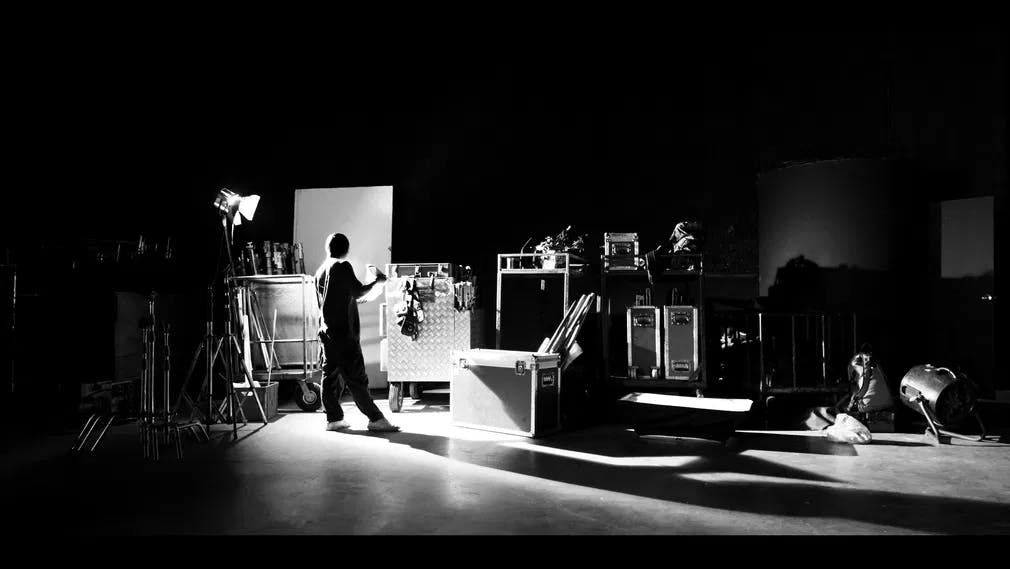
Two things can drive contemporary audiences to the exit of the movie theater - or to push stop on their streaming device: black and white movies and lack of sound. If you come in cold, the first reaction is always surprise. “Something must be wrong! There is no color!"
And it's a shame. If you turn your back on black and white movies - and silents - you are missing out on a bounty of riches. Let's focus on the issue of color. The truth is that early filmmakers did use color, just not in the way we are used to. In France, artists would paint each frame of a film. A particular tint would suggest time or mood: blue for night, yellow for daytime. The problem is that those elements did not necessarily survive in most prints circulating. The pigments were not strong enough to withstand wear, tear, and storage in less-than-ideal conditions. It may not be a good comparison, but it's like how the Romans painted their statues in garish colors. The pieces on display at the museums are polished, raw stone because the paint peeled away by erosion and time.
Black & white movies may have been an imposition by technical limitations or an economic necessity. Those hundreds of colorist paintings by hand did not come cheaply. From early cinema to the Golden Age, black-and-white movies continued because color processing was expensive. Three-strip technicolor and its competing formats would be used in projects that would most benefit from it: those that would entice audiences to turn off the TV and go to a movie theater. In a way, color was like 3D: a novelty to seduce audiences. The best filmmakers explored its expressive qualities, making it a tool of their trade. Just check out Vincente Minelli’s “An American in Paris” (1951), and you will know what I mean.
You must see black-and-white movies not as a defect or an imperative but as a creative choice. To prove our point, we would like to share this list of 10 films - and three bonus titles - that might change how you feel about the lack of color in the frame. And if you are already one of us, I hope this improves your watchlist. The filmmakers could have done these movies in color, but chances are the results would not be as good or as beautiful as they are.
Visions of Downtrodden America
The Last Picture Show (1971)
Ultimate movie buff Peter Bogdanovich's ode to a dying small town in Texas takes you back to the early fifties. The adults are nursing their broken dreams, while the kids plan to migrate to the big city. The local movie theater, almost derelict, stands in for the future. The screen that once was bright is now in the shadows. Seeing James Bridges, Cybil Shepherd, and Timothy Bottoms heartbreakingly young adds another layer of wistfulness. Bogdanovich, a scholar of classic cinema, was mining his nostalgia, aping the movies of yore. Robert Surtees' cinematography earned an Oscar nomination. The Criterion Collection is releasing a 4K UHD restoration in November 2023.
Nebraska (2013)
After delivering George Clooney an Oscar-nominated role as a Hawaiian landowner in mourning in “The Descendants” (2011), Alexander Payne sets his sights on a working-class family struggling to make amends and come to terms with mortality. There are no luscious tropical views here but the industrial landscape and endless plains of Nebraska. Phedon Papamichael sets the mood with hyper-realistic, sharp, black & white digital cinematography. It is perfect at showing Bruce Dern’s face crossed by well-earned wrinkles, as the elderly father stringing his estranged son along (Will Forte). He wants to claim a million-dollar prize. The movie took six Oscar nominations, none going to cinematography. Darn!
The Past Feels True in Black And White Movies
The Elephant Man (1980)
Black and white movies and old photographs imprint in young minds the idea that the past is in black & white. David Lynch’s phantasmagoric vision of Victorian London could not exist in any other way. This early-period piece is an unlikely early masterpiece from the genius that gave us luridly colorful excoriations of Americana in “Blue Velvet” (1986) and “Twin Peaks” (1990-1991). Based on the true story of John Merrick (John Hurt), an English man whose dramatic deformities condemned him to exposure as a freak in country fairs, compassionate doctor Frederick Treves (Anthony Hopkins) shelters him in his hospital. He becomes the toast of London, which only deepens his alienation. Nominated for 8 Academy Awards, but Freddy Francis’ cinematography went unacknowledged.
Raging Bull (1980)
Martin Scorsese's biopic of self-destructive boxer Jake LaMotta uses black & white to bring the starkness of Neo-realism and the beauty of Italian cinema to mid-XX Century New York. Among his inspirations, you will find Luchino Visconti's "Rocco and His Brothers" (1960), where Alain Delon plays a young boxer. Nothing farther from Delon's graceful beauty than Robert De Niro as the pugnacious, brutal heavyweight, prone to violence in and out of the ring. The actor gave a towering performance, submitting himself to an intense regime of exercise and diet to convincingly portray his character in top physical form and going to seed, overweight in his later years. Cinematographer Michael Chapman earned his first Oscar nomination for the film.
Schindler’s List (1993)
Steven Spielberg’s Holocaust drama centers on Oskar Schlinder (Liam Neeson), a German captain of industry who goes from exploiting concentration camp prisoners to saving hundreds of them. The movie earned 7 Oscars, including Best Cinematography for his frequent collaborator Janusz Kaminski. No shade to “The Great Escape'' (John Sturges, 1963), but the black and white compositions push the movie far from the escapist yarns mining WWII for entertainment and closer to the real-life documentary of Marcel Ophuls’ “The Sorrow and the Pity” (1969).
It can also bring to mind the work of the Hollywood director George Stevens, who shot the terrifying images of Auschwitz that now belong to the historical record. He was part of a unit formed by the US Army to produce documentaries and propaganda. It included John Huston, Frank Capra, John Ford, and William Wyler. Learn more about them in the Netflix documentary series “Five Came Back” (2017). Spoiler alert: Spielberg breaks the monochrome trance in two pivotal moments. First, a little girl evacuating the ghetto wears a red dress. In the end, real-life survivors visit Schindler’s tomb, and the movie closes in full color. To my taste, these instances break the terrifying spell. But I am only one man.
Khrustalyov, My Car! (1998)
The title is the literal exclamation made by Lavrentiy Beria, Chief of the Soviet Secret Police, when he got the news that Stalin had died. It was urgent to summon his chauffeur and keep the regime going. With a body of work of just six feature films, Russian director Aleksei German became a seminal filmmaker with one foot in the Soviet era and the other in the post-Cold War world. His towering work might be this one. The action takes place in 1953 before Beria says the momentous phrase. In the dead of winter, rumors about the health of dictator Joseph Stalin make the rounds. The regime invents a deadly plot against the Beloved Leader, supposedly planned by high-ranking Jewish doctors. Stalin is not dying! They tried to kill him! Right?
They execute a brutal crackdown on the top doctors in the party, who all happen to be Jewish. And so begins the downfall of General Klensky (Yuriy Tsurilo). This picaresque narrative goes to some dark places. It is very dense and filled with characters and incidents. The circus-like atmosphere may remind you of Fellini until things get brutal. You may not catch everything happening, but you will get the gist of how the system can turn against its most loyal subjects in the blink of an eye. Think of this as a companion to “The Death of Stalin” (2017), but much more merciless. Vladimir Ilin’s cinematography is by turns dreamlike and nightmarish. At times, it looks like an old photograph behind a dusty glass. German and Ilin would work together again in “Hard To Be A God” (2016), the last film for both.
Clerks (1994)
Kevin Smith shot his seminal indie film on a low budget of 27 hundred dollars, financed from credit cards. That accounts for the choice of using black & white. There was just no money for color. However, it conveys the precarious situation of his characters, locked in dead-end jobs and diminished prospects for the future. The sequels released in 2006 and 2022 are in full color.
When An Indie-Size Low Budget Can Only Pay Black And White
PI (1998)
One look at Darren Aronofsky's marvelous debut feature film, and you just knew he was bound for great things. Sean Gullete is a brilliant mathematician pursued by Wall Street goons and a renegade group of Hasidic Jews. They all think he discovered the formula to decode the secrets of the stock market and a message from God hidden in the Torah. Yes, both things have the same code. Or perhaps he is just going crazy, thanks to the mind-splitting migraines he gets. I am oversimplifying the plot for brevity, but "Pi" packs a punch in its slender running time. It hints at the joyous paranoia of "Black Swan" (2010) and the maddening "Mother!" (2017). The movie plays like a paranoid nightmare, shot in high-contrast black & white. They developed the film in a pirate photo lab next to the dingy apartment where he lives in grungy '90s Chinatown. It is right by the material. This was the first collaboration with his recurrent cinematographer, Matthew Libatique. As far as low budget movies go, this is a stellar example.
Monochrome Postcards From The Golden Age
The Artist (2011)
Now, this is a double whammy. French director Michel Hazanavicius went all in for his homage to early Hollywood, doing a bona fide silent black-and-white backstage melodrama. He won Best Movie and Director, and Jean Dujardin won Best Actor. Douglas Fairbanks and other real-life stars serve as inspiration for the character of George Valentin. The plot is a play on “A Star is Born,” following his downfall, as his beloved Peppy (Berenice Bejo) rises from fan to star. Two brief scenes use sound to convey how disruptive the technological leap was for the industry at the time. If you want to introduce a newcomer to the joy of silent cinema, this is a good way to do it. Just make sure you mention those Oscar wins! Once you hook them in, you can move on to the true article.
Mank (2020)
After years dissecting the twisted minds of serial killers and psychopaths, David Fincher cashed all his chips for an unlikely passion project: a biopic about Edward Mankiewicz, legendary screenwriter of classic "Citizen Kane" and all-around bon-vivant. Besides the cinephile interest, the script belongs to his father. This is a family project. Gary Oldman plays the larger-than-life character as he struggles with writing. He can't help but use William Randolph Hearst as inspiration, even though he enjoys belonging to his entourage. Casualties include his friendship with his lover, actress Marion Davis - embodied with equal parts tenderness and ditziness by Amanda Seyfried. Erik Messerschmidt took the Best Cinematography Oscar for turning it into a facsimile of how movies looked at the time, with flourishes that apply a patina of modernity. It's a way to suggest that the power games and foibles on display are not necessarily a thing of the past. The bill for the film production was footed by Netflix when it was trying to become the world House.
Bonus: Modern Masters In Love With The Past
Three of the best directors of our time maneuvered to have their latest hits released in alternative black-and-white versions.
Mad Max: Fury Road - Black & Chrome Edition (2016)
George Miller convinced Warner Brothers executives to pay the dough for “Mad Max: Fury Road - Black and Chrome Edition” (2016). This version had a limited theatrical release one year after the pulse-pounding action movie opened in cinemas. It is available in Home Video.
Nightmare Alley: Visions in Darkness & Light (2021)
Guillermo del Toro edited a black-and-white version of "Nightmare Alley" (2021), which was projected as a special event concurrently with the premiere run of the movie. According to the filmmaker, cinematographer Dan Laustsen shot and lit it as if it was a black & white movie. He first worked with Del Toro in his English-language debut "Mimic" (1997). This is a homage to the previous film version of William Lindsay Gresham's novel. The 1947 Edmund Goulding adaptation was filmed in black and white. So, consider this version Del Toro's tribute to the classic film noir.
Parasite: Black And White Version (2020)
This is a most eccentric and delightful trend. After Bong Joon Ho’s “Parasite” (2019) won the Oscar for Best Picture, Neon released a black and white version. Presenting this version at the 2020 International Film Festival of Rotterdam, Bong said “I think it might be vanity on my part, but when I think of the classics, they are all in black and white.” If black and white movies are good enough for Miller, Del Toro, and Bong, trust me, it’s good enough for you.
Watch “Lonely”
“Lonely” is a powerful reminder that no one is ever truly alone, and there is always someone out there who cares and wants to help.
Stream NowWant to get an email when we publish new content?
Subscribe today

